Contacts
To advertise with British Muslim magazine, our website and email newsletters, email Robyn
Having problems with your subscription?
Email:
[email protected]
To contact the editor email
[email protected]
Architectural influences can vary from one place to another, but one thing is for sure, architecture can help us connect with a culture and people. Islamic architecture takes this to another dimension by infusing within the discipline the added element of divine connection. With Islamic architecture, the physical structure is not where things stop. Islamic architecture allows viewers to remember that there is something beyond just architecture.
Every part of Islamic architecture represents something spiritual, with a dome, minaret and arches all serving a particular purpose. To commemorate the legacy of many Islamic architectural wonders in the world, we present five of the most striking structures that have been built with an Islamic influence.
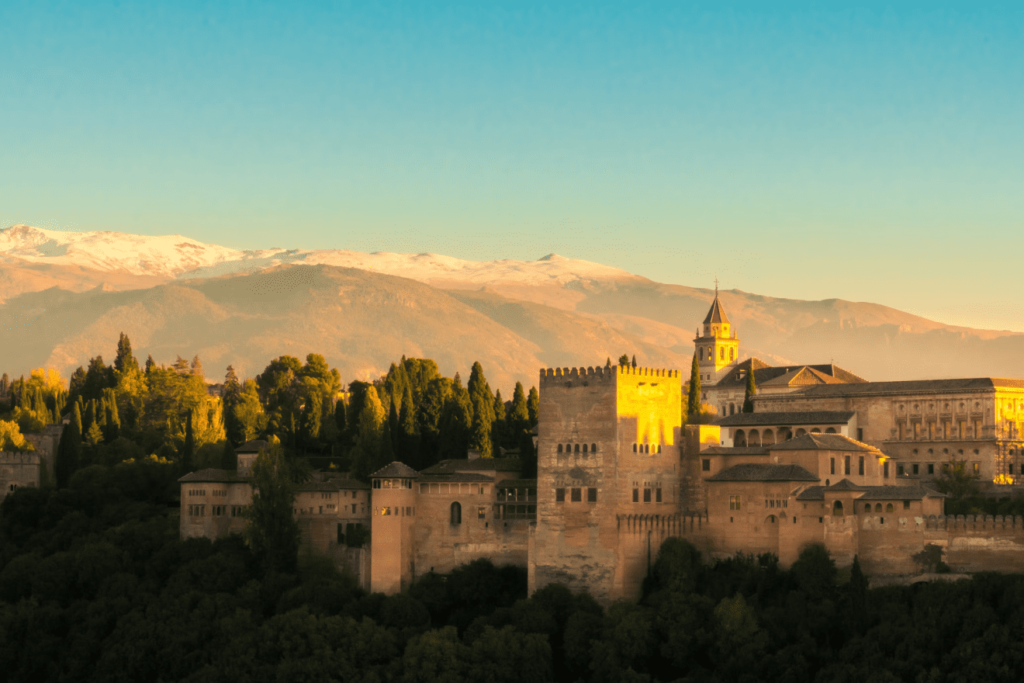
Considered by some as the eighth wonder of the world, the Alhambra Palace is a representation of one of the finest pieces of Islamic art and architecture. As well as being Spain‘s most visited historical attraction, the Alhambra Palace has stood the test of time by retaining its structure since the 13th century. Whilst many come here to marvel at the architecture, this is truly a place to reflect thanks to the overall beauty, care and details found throughout the palace.
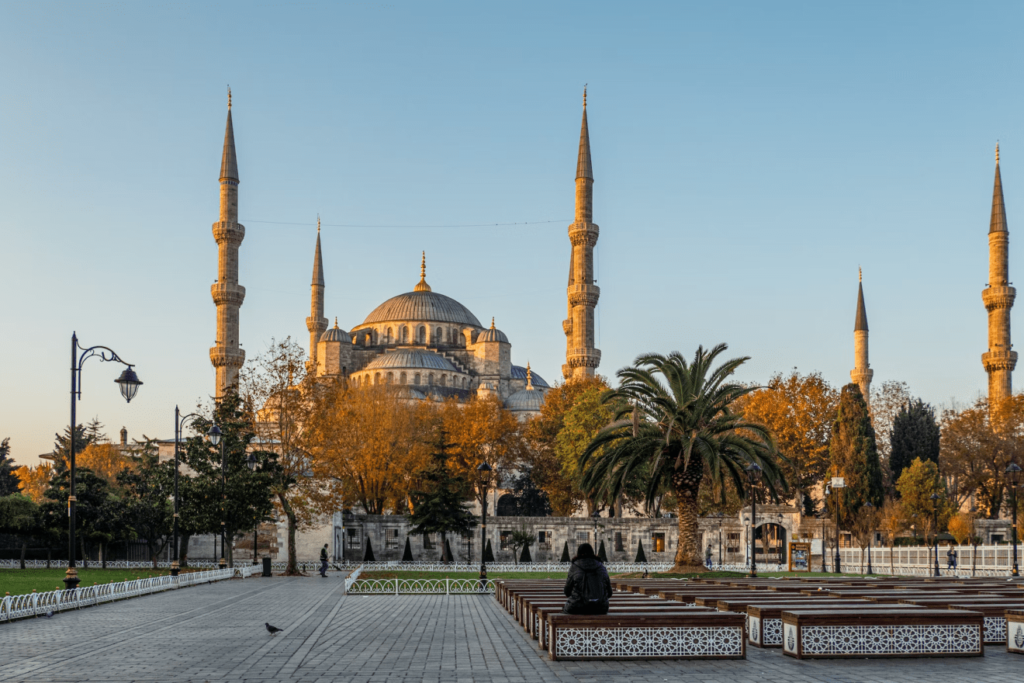
When in Istanbul, begin your quest by visiting the city‘s most popular Mosque – the Sultan Ahmet Mosque, also known as the Blue Mosque. Built between the years 1609 and 1616 during the rule of Ahmed I, it is also known as the Blue Mosque due to the blue tiles that adorn the walls of the interior of the Mosque. Once inside, you can admire the splendid Ottoman architecture, which includes stained glass windows and decorative tiling. Take your time and experience the peace and tranquillity, whilst watching worshippers pray and chant verses from the Qur’an and Islamic poetry.
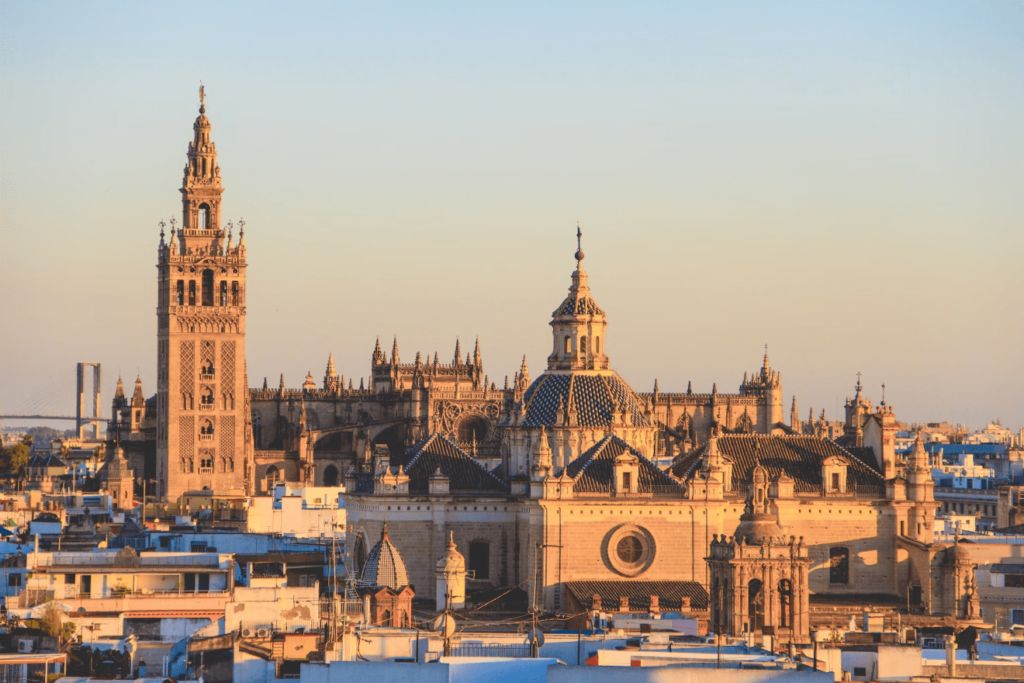
When in southern Spain, be sure to visit Seville’s Giralda Tower which was once the minaret of a huge mosque. With Seville being celebrated as the city of the Renaissance and the most Italian of Spanish cities, its symbol, which appears on most souvenirs, will always be the Giralda Tower. It was originally built in the twelfth century by the chief architect, Ahmad ibn Basu who laid the foundation of the minaret himself, keeping in mind the minaret of Kutubiyyah Mosque in Marrakech. Though it no longer functions as a minaret, it acts as a bell tower for Europe‘s third-largest cathedral and is a symbol of the magnificent city.
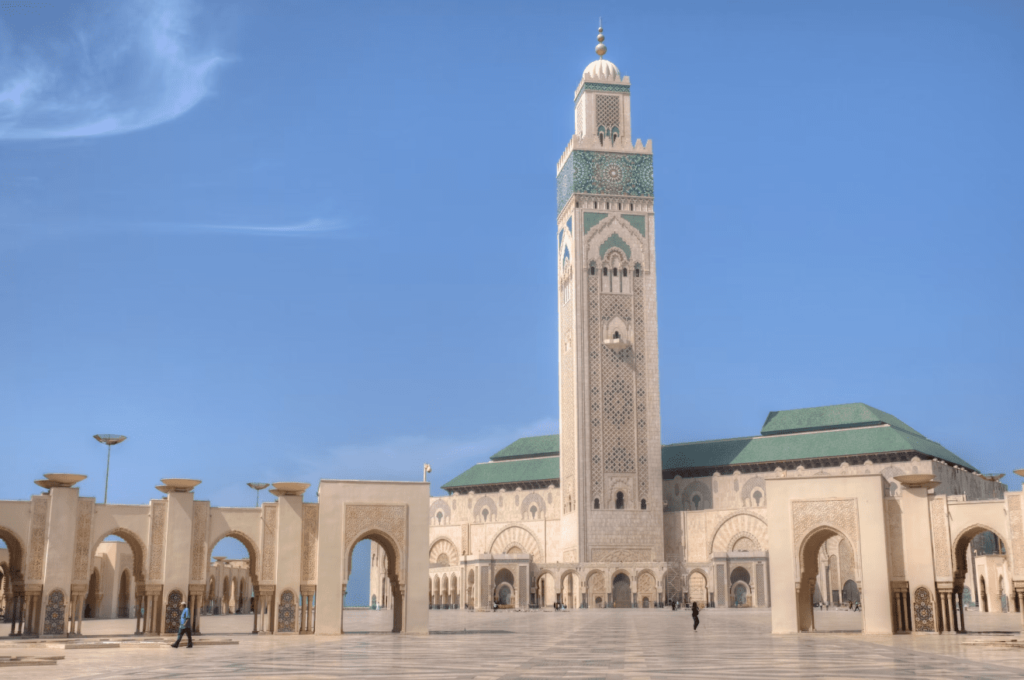
This magnificent mosque stands majestically in the largest city of Morocco and has been a point of interest for many visitors. Did you know that the Hassan II Mosque is the largest mosque in Morocco and the third-largest in the world? Sitting on the shoreline of the Atlantic Ocean, the mosque overlooks the sea majestically. The mosque is known to be home to the tallest minaret in the world which has a laser that shines a light toward the sacred city of Makkah every night.
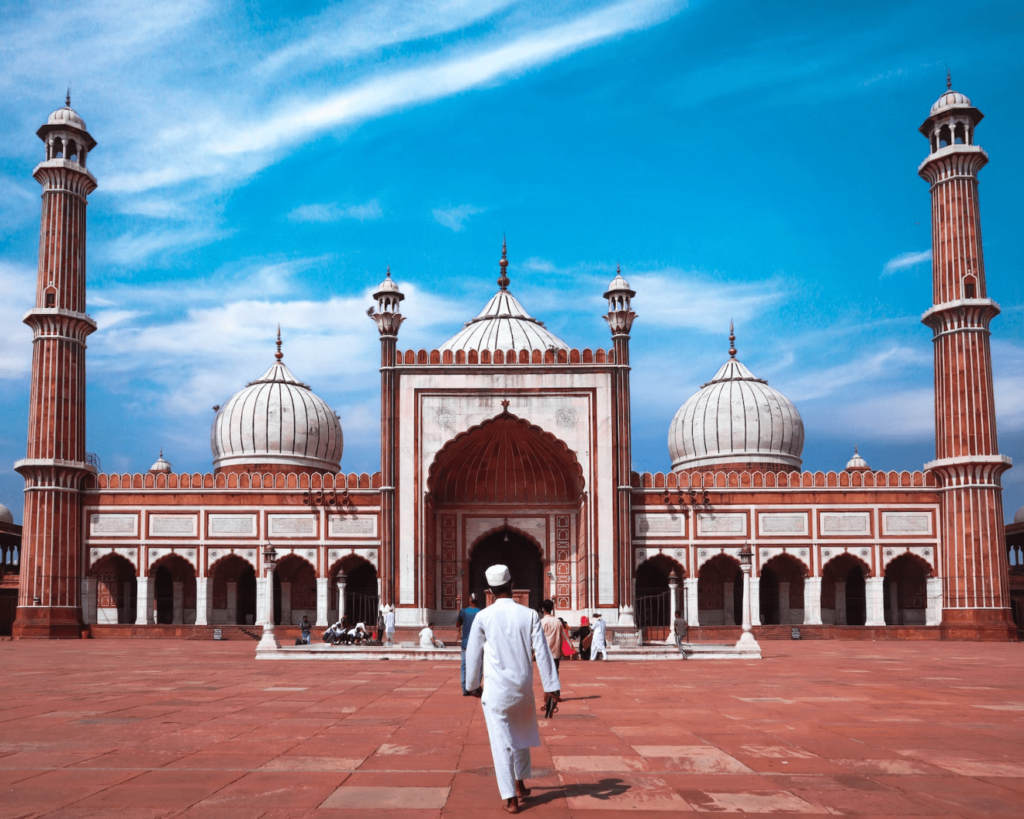
Known as the largest mosque in India, the imposing Jama Masjid boasts a courtyard that can accommodate up to 25,000 people. The mosque’s construction began in 1644 by Shah Jahan, who just so happened to be the same person that had the Taj Mahal built for his wife. All four towers, two minarets and three gates were meticulously constructed of strips of red sandstone and white marble, with the size of the courtyard surprising visitors with its immense size. Historically, the mosque held much significance, as it was the primary mosque for the city’s sizeable Muslim population as well as the Mughal emperors until the mid-19th century.
Main Image Credit: Barun Ghosh (Unsplash)